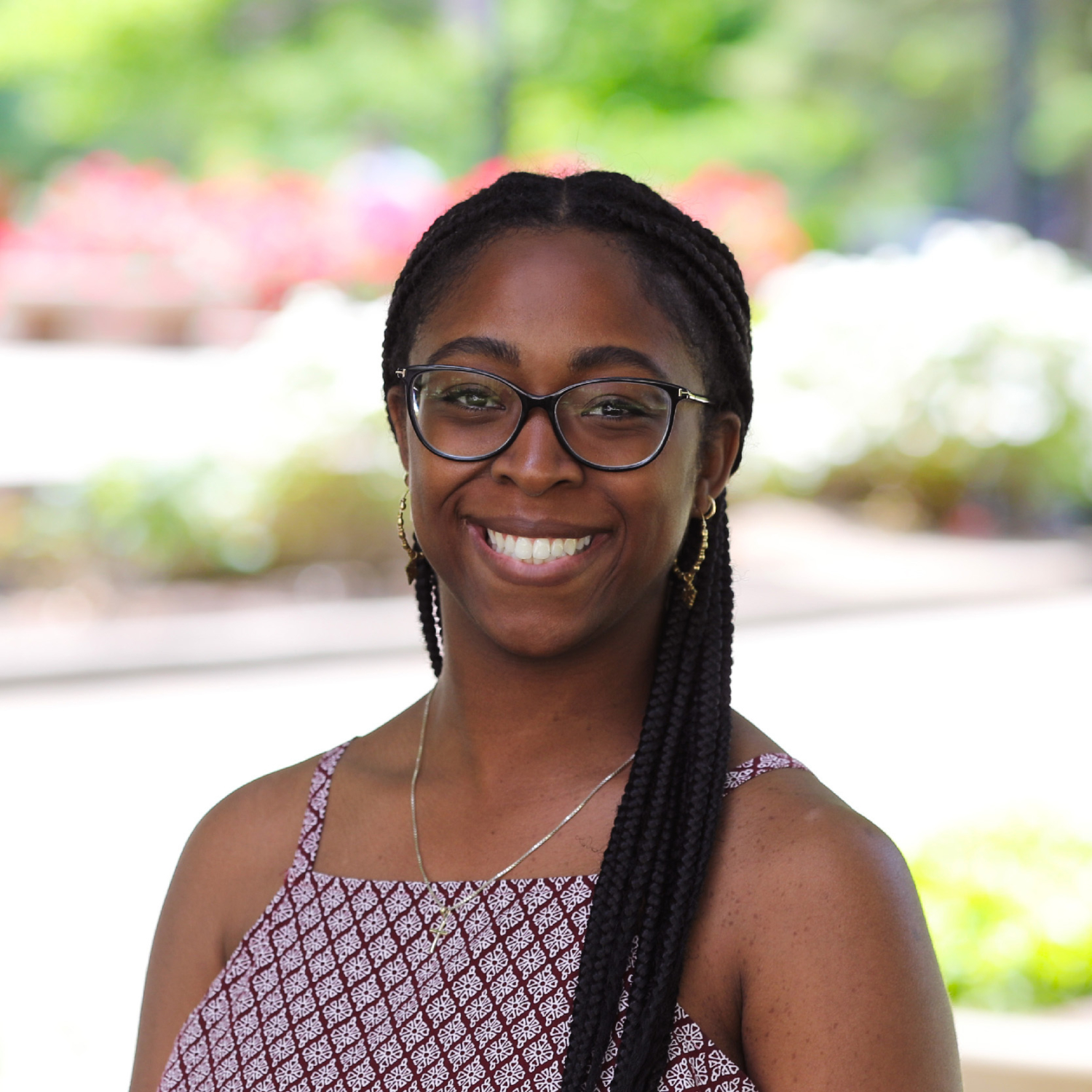My Perspective: Being Black on a PWI Campus
As the 2022-23 school year gets underway, I keep thinking about my own experiences getting my education. I’ve been focusing on my time in college the most. When I started at Ball State University in the fall of 2016, I remember the nerves and excitement I think most college freshmen feel when they arrive on campus. My roommate moved in a couple of days before me, and prior to my arrival, she and I had only texted and not actually seen each other. To my surprise (and the surprise of my parents), my roommate was another Black girl! I felt relieved that I wouldn’t have to explain why I have to wrap my hair up before going to bed, and that I found somebody who looked like me so early on at school. Coming from schools that were attended predominantly by White students, that is exactly what I was expecting at Ball State. While that still happened because Ball State is also a predominantly White institute (PWI), at least my roommate and I could share in that experience.
The majority of my graduating class from high school went on to attend PWIs, but one of my best friends decided to go to Spelman College in Atlanta, Georgia – a Historically Black College and University. I had little knowledge of HBCUs before she went there. They weren’t part of the discussion when I first started looking at colleges, not for any particular reason, I had just not been exposed to them previously.
In a Forbes article based on the 2019-2020 school year, Ball State’s student population was about 76% White, almost 8% Black/ African-American, 6% Hispanic/ Latinx, almost 2% Asian, less than 1% Pacific Islander/ Native Hawaiian and almost 8% another race/ ethnicity not specified. This demographic break down was not surprising to me, I had been going to schools that resembled this my whole life. But I thought surely there would be more of us at a public university.
I realized early on that I wanted to be in community with other students of color. This meant being intentional about seeking out organizations that would foster that community. I ended up joining a religious org called Impact whose mission was to equip students of color to be disciples of Christ. I attended other meetings from BSA (Black Student Association), AASA (Asian American Student Association), LSA (Latinx Student Association) and other groups of the like. My junior year I was a Resident Assistant in the International dorm, and there I got to meet students whose home countries spanned the globe. They were eager to share their culture, their foods, and their language with anyone who wanted to learn. I was excited to gain new perspective on what the world is really like.
Being Black at a PWI and wanting to be around peers of color, to me, means having to work harder to feel comfortable and accepted in spaces. You have to find those organizations yourself, make those connections and be okay with taking up space in areas where not many people look like you. My experience at Ball State University was awesome and I value all of the learning I did there, academically and personally. But I can’t help but wonder how much different those four years would have been if I attended an HBCU. Now, this isn’t a campaign to persuade students to attend one type of institution over another, but I do want students to do more research than I did. Ball State was close to home and in my family’s budget, but I urge highschoolers or anyone thinking about going back to school to really consider a college or university that they think will do the best job in helping them grow into a well- rounded person – however that looks to them.



